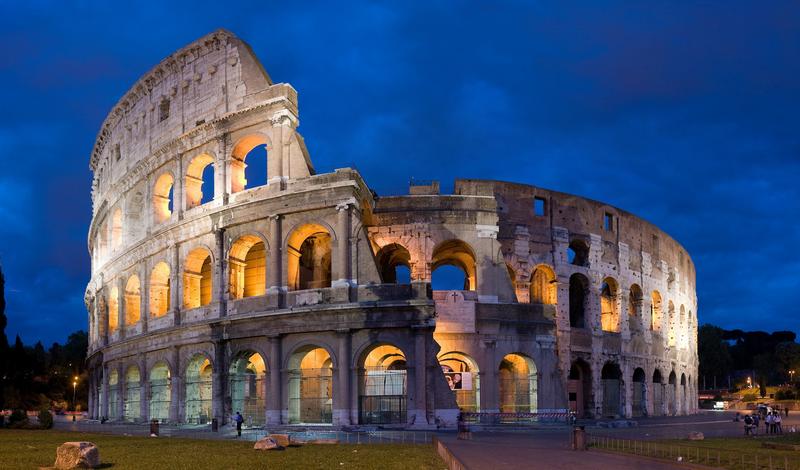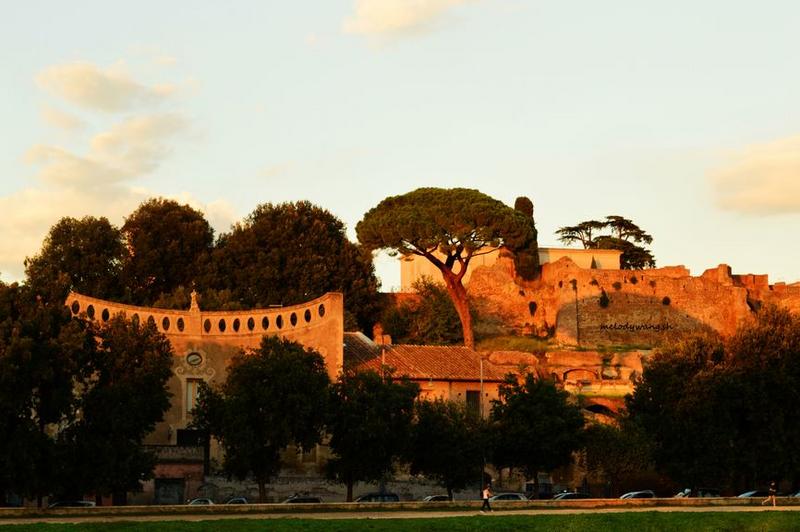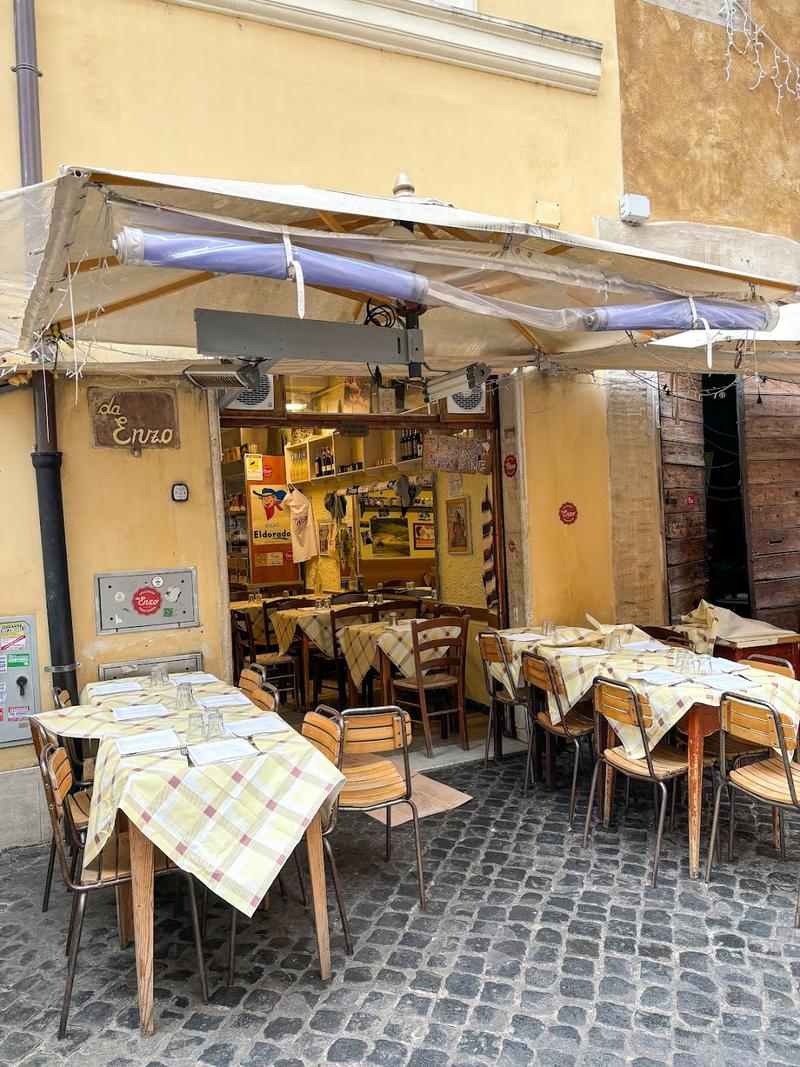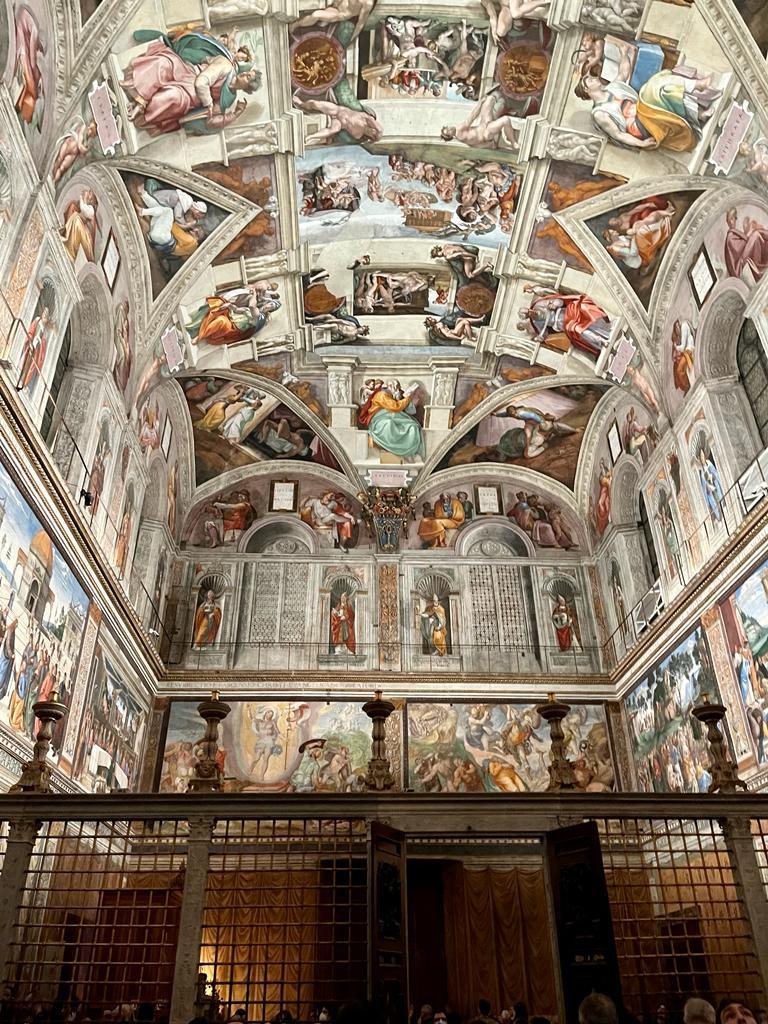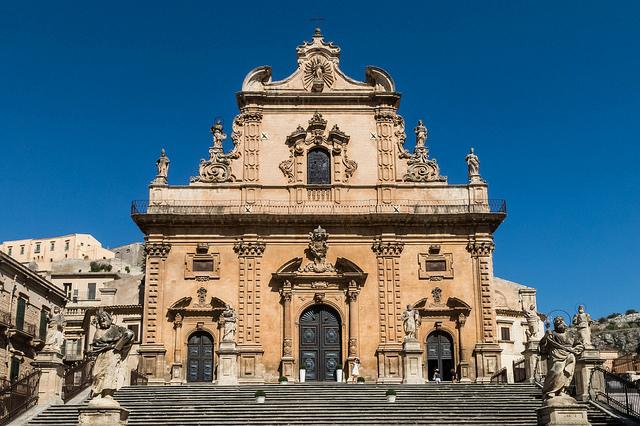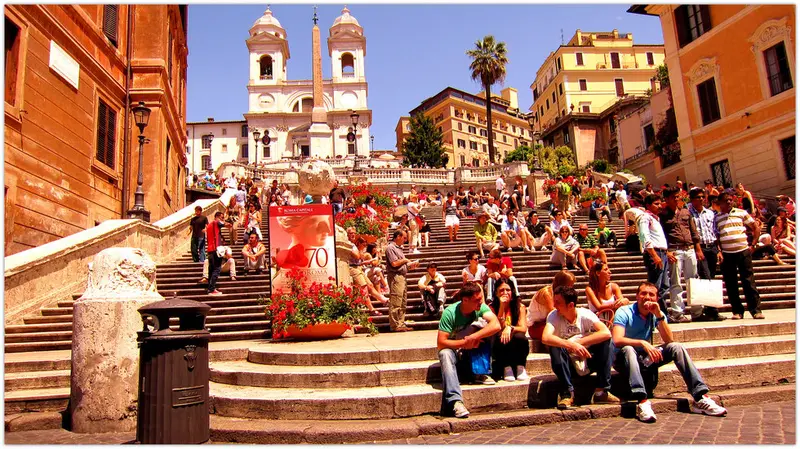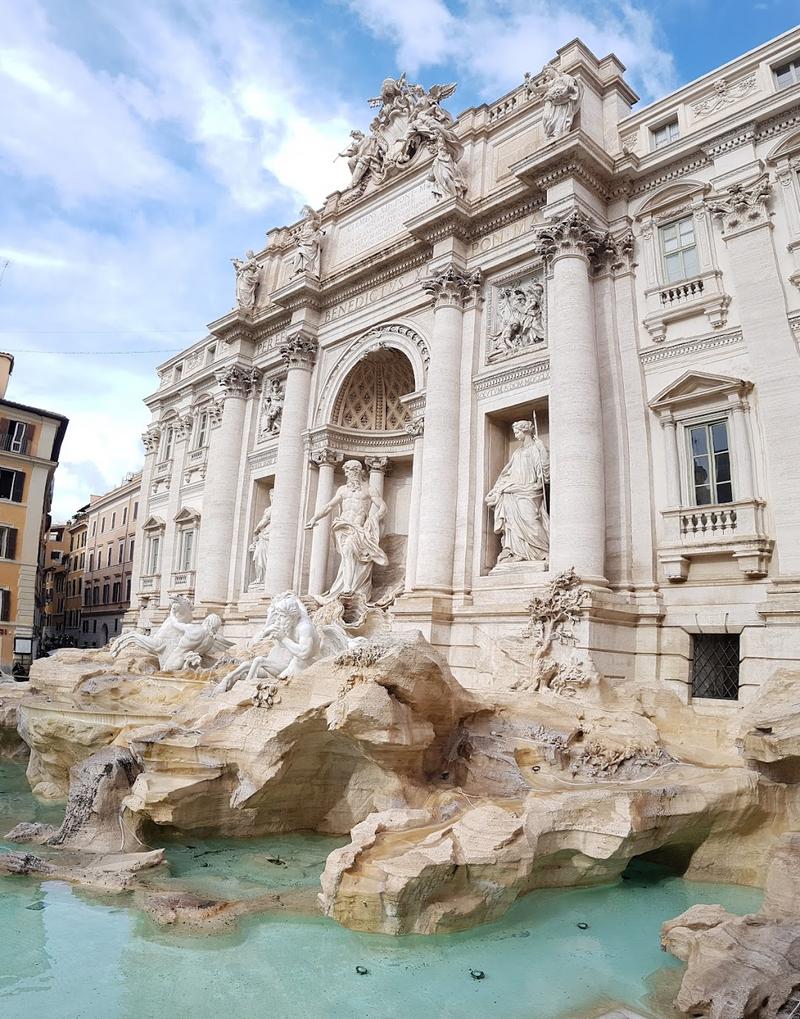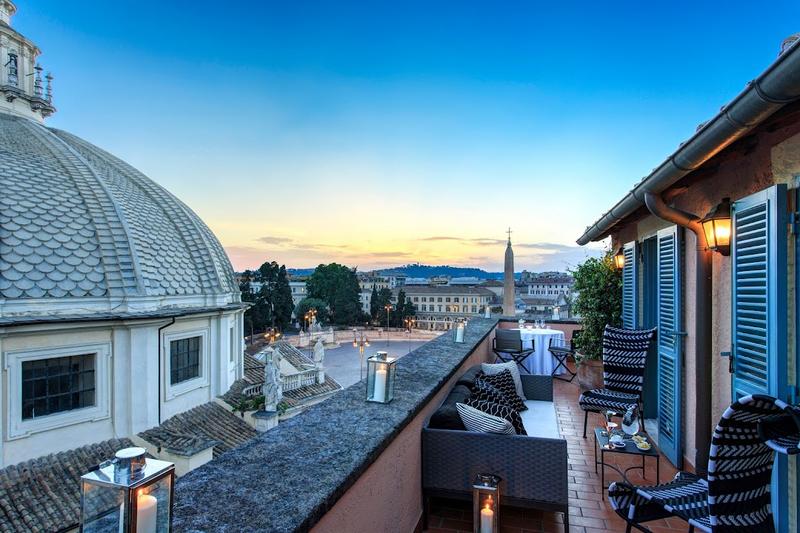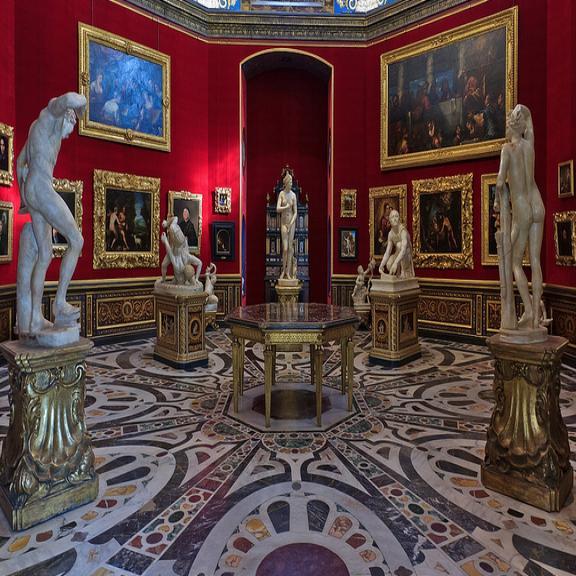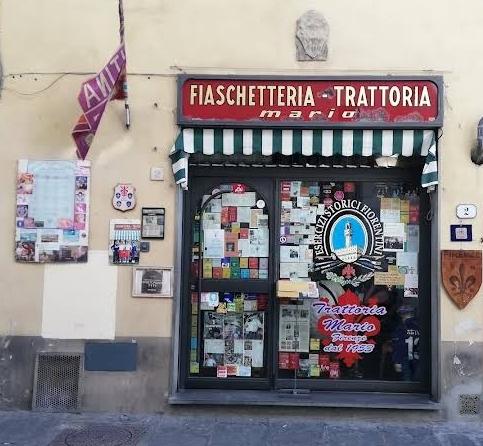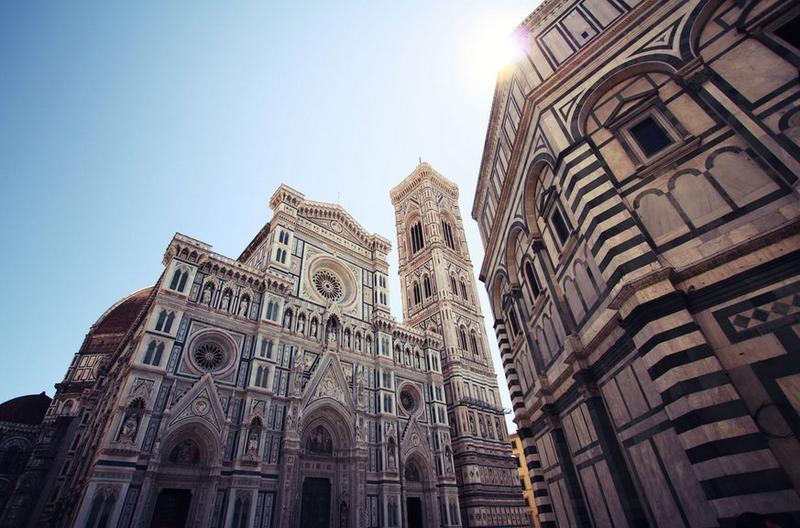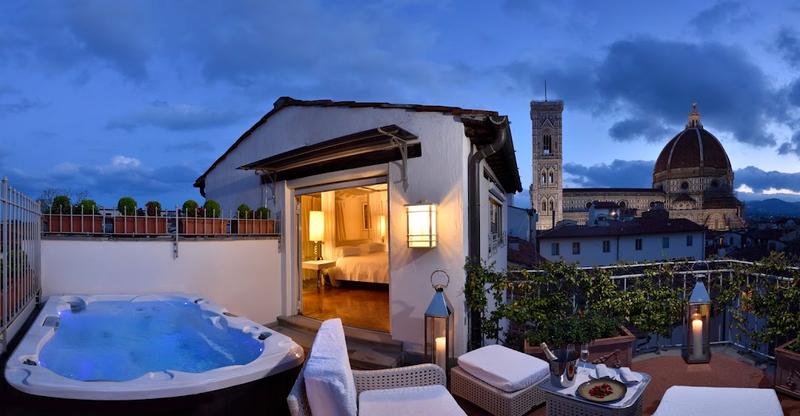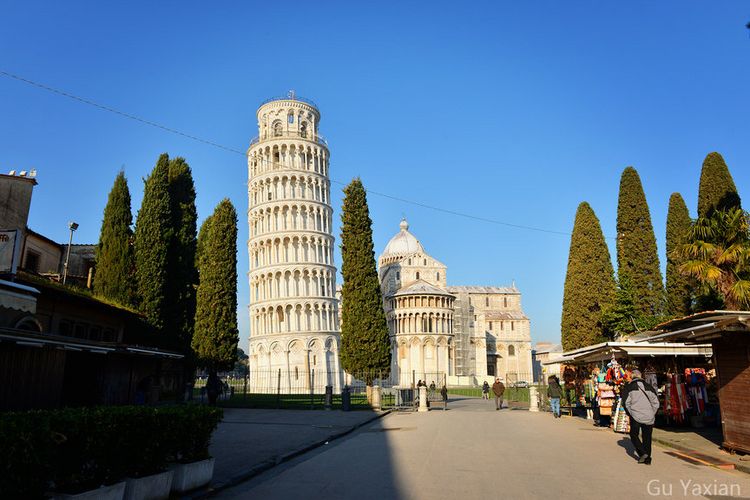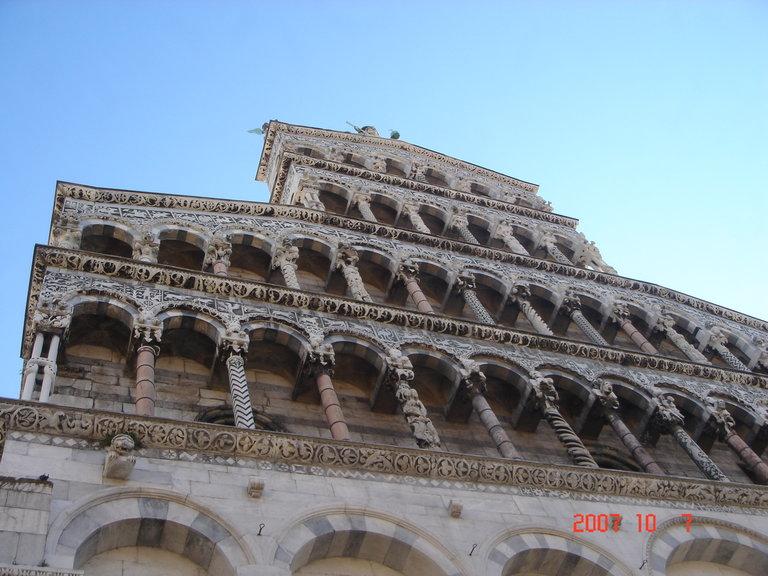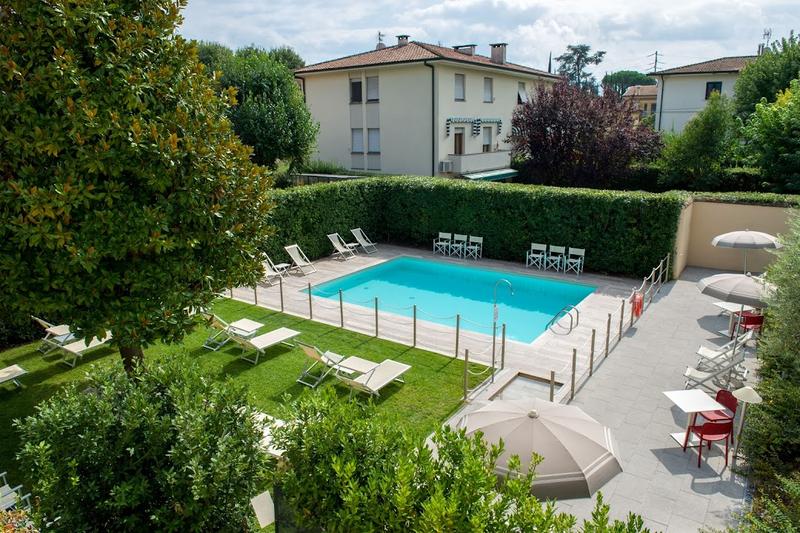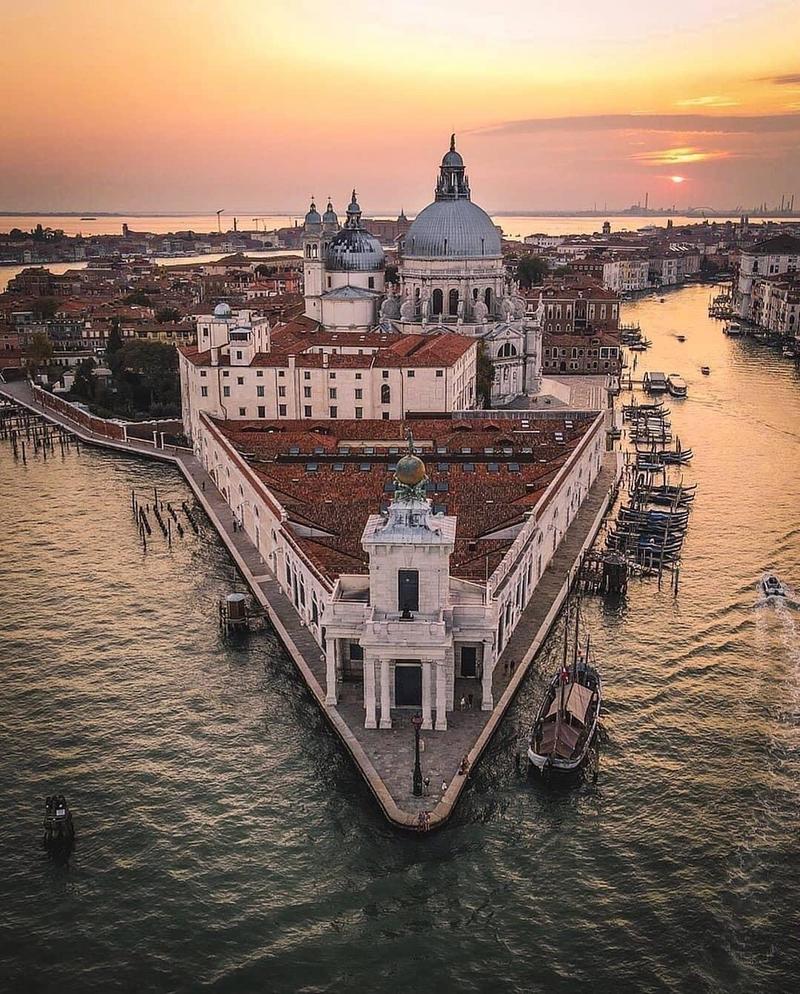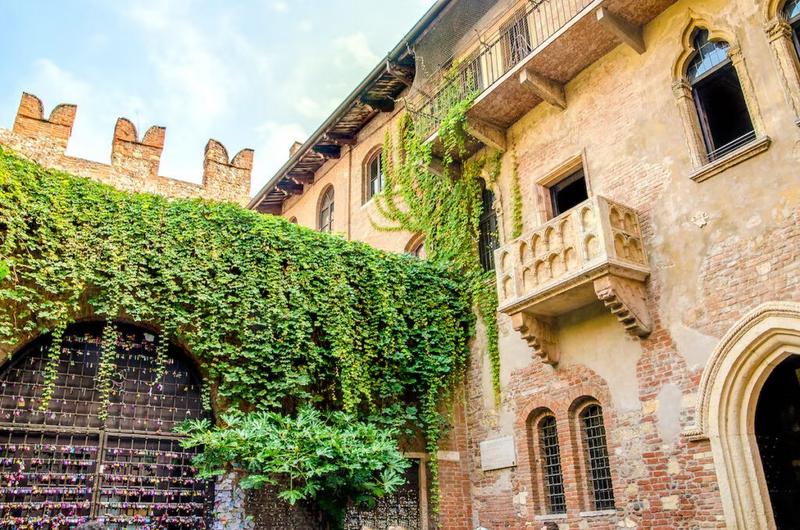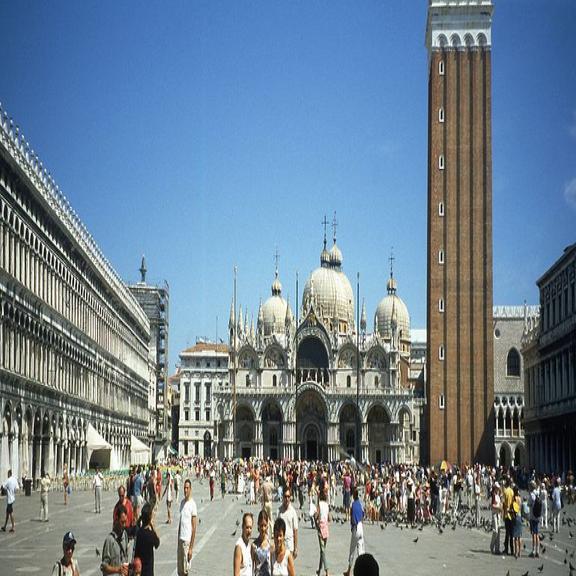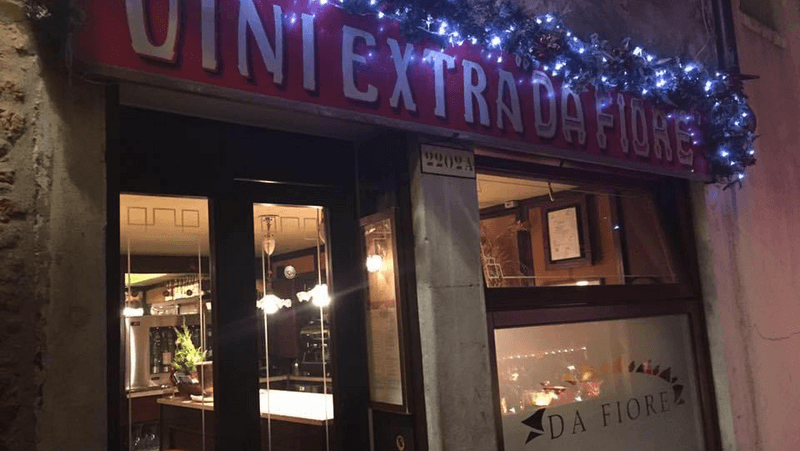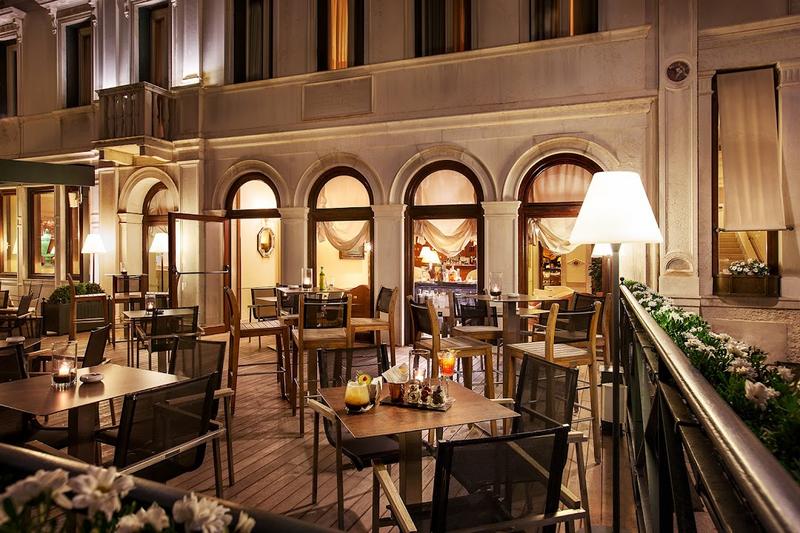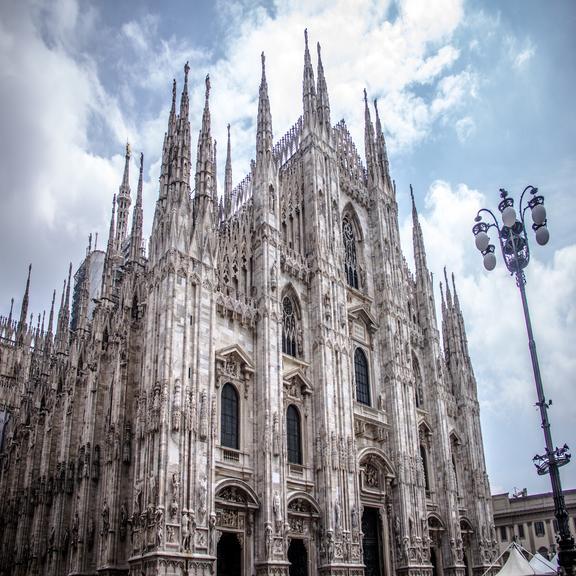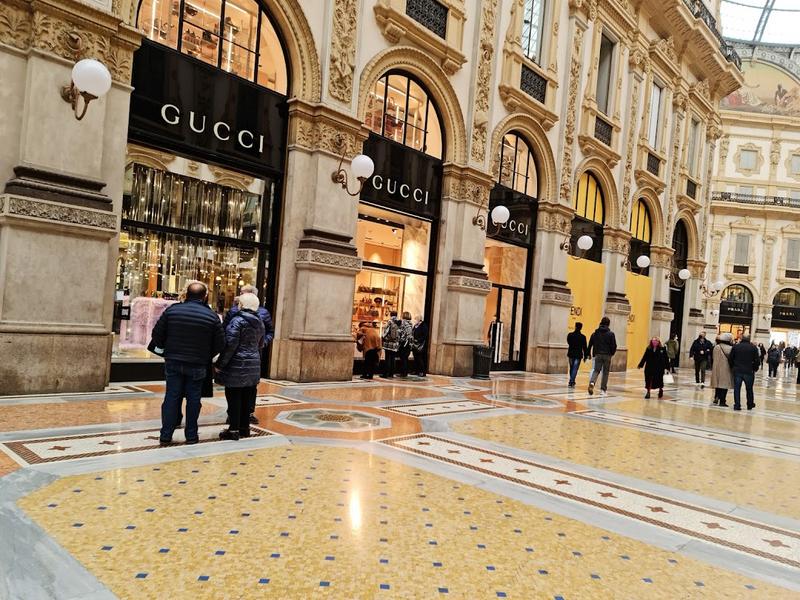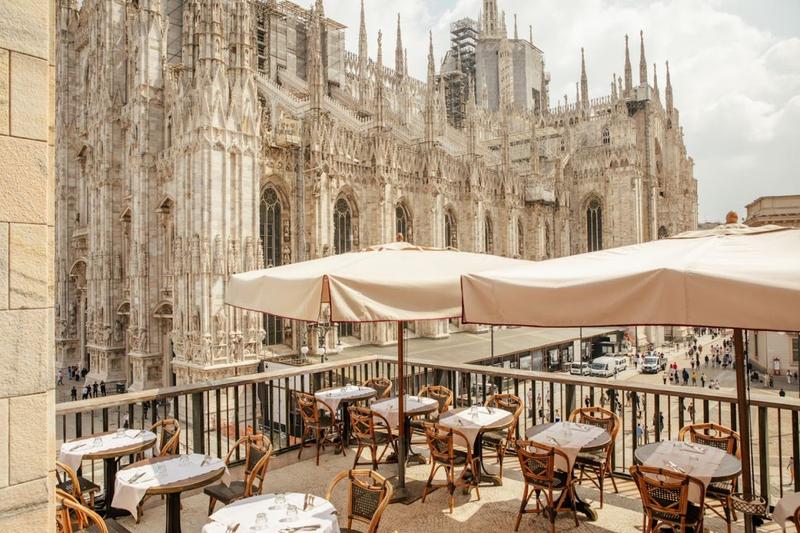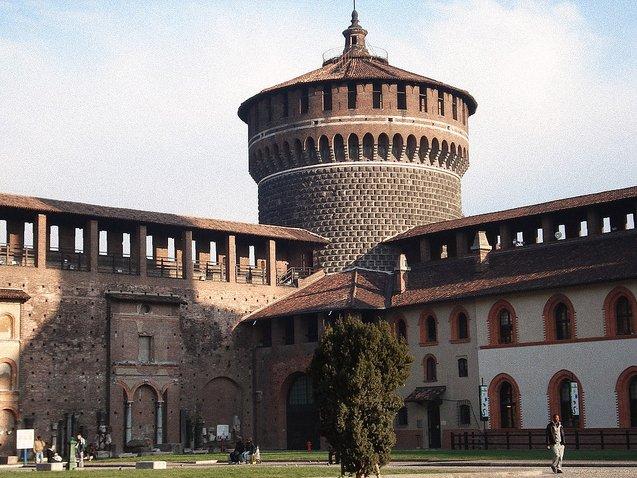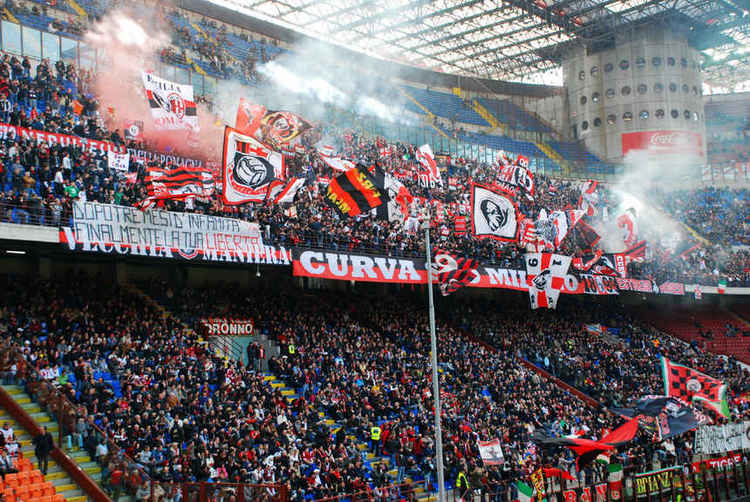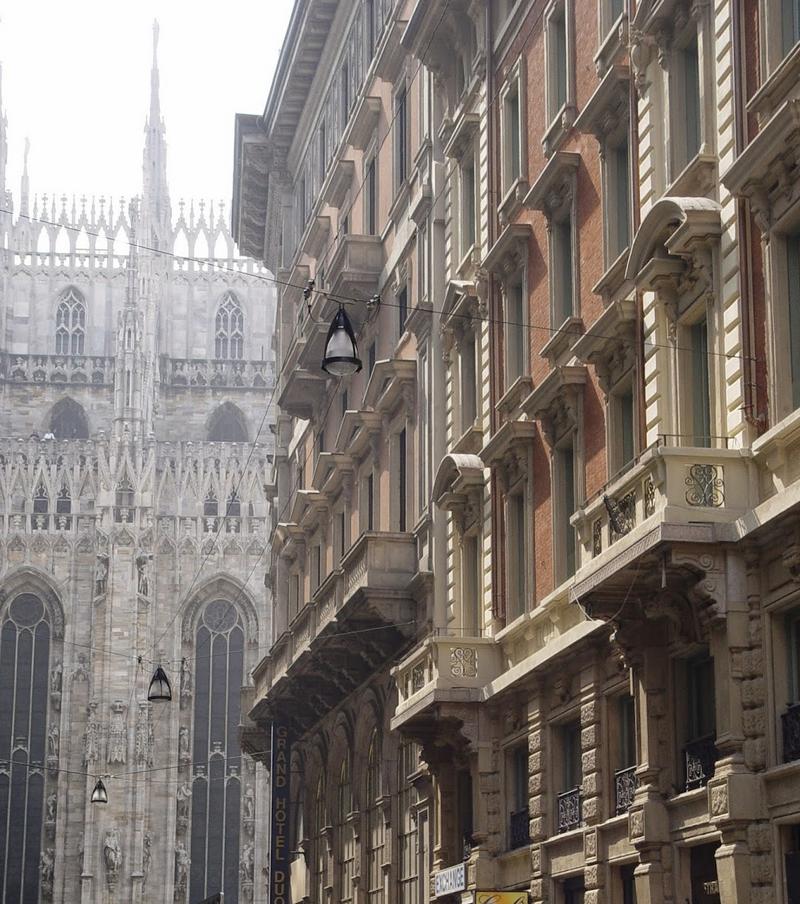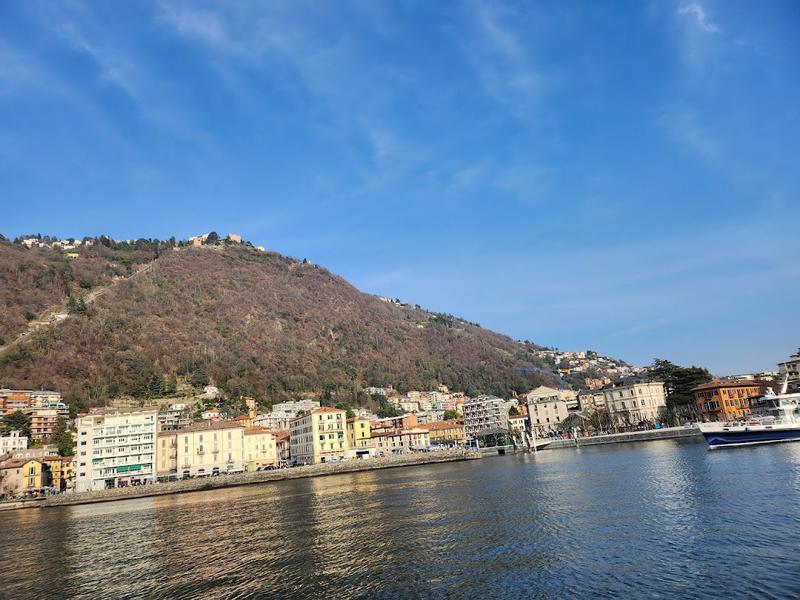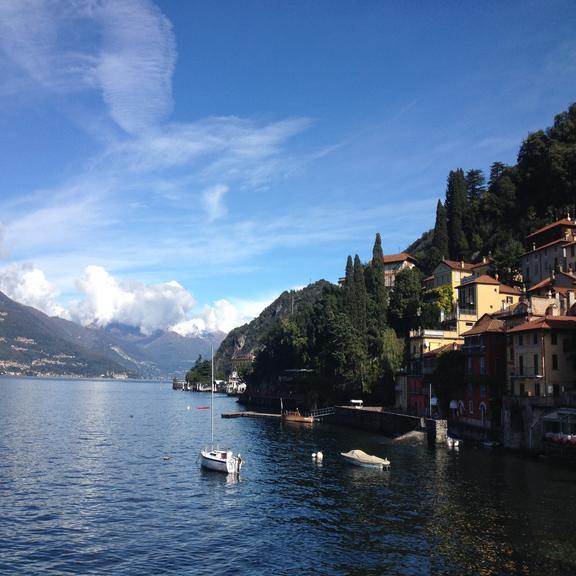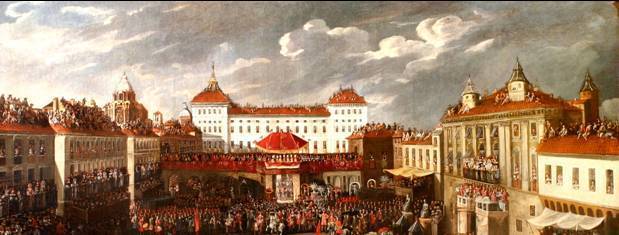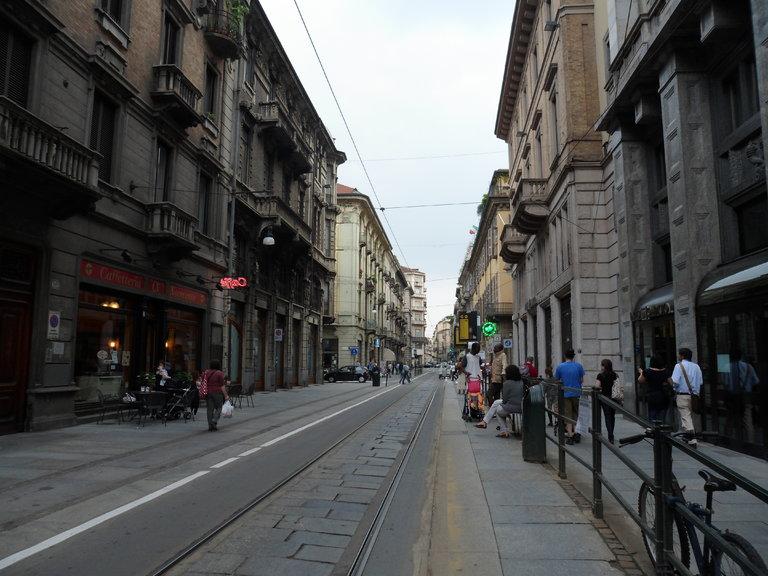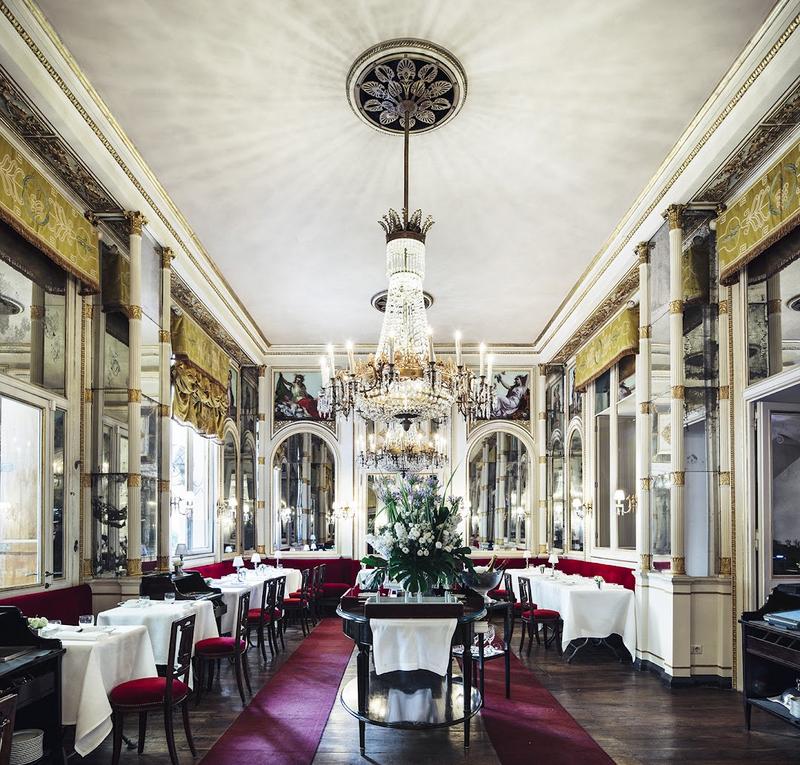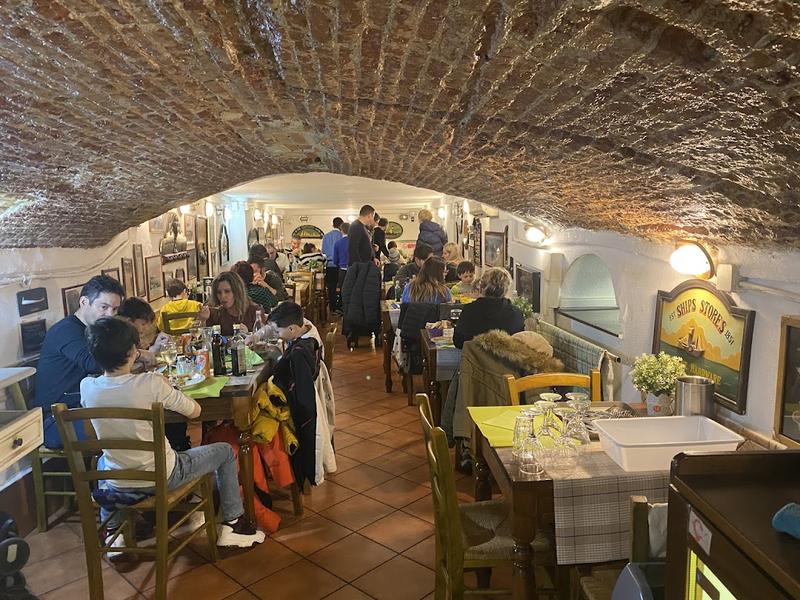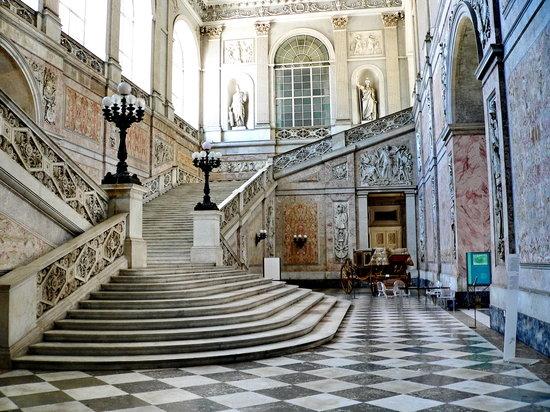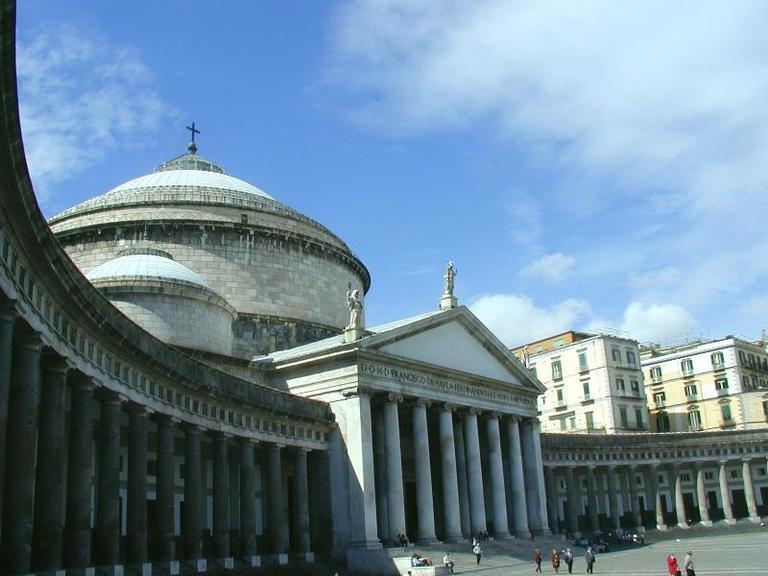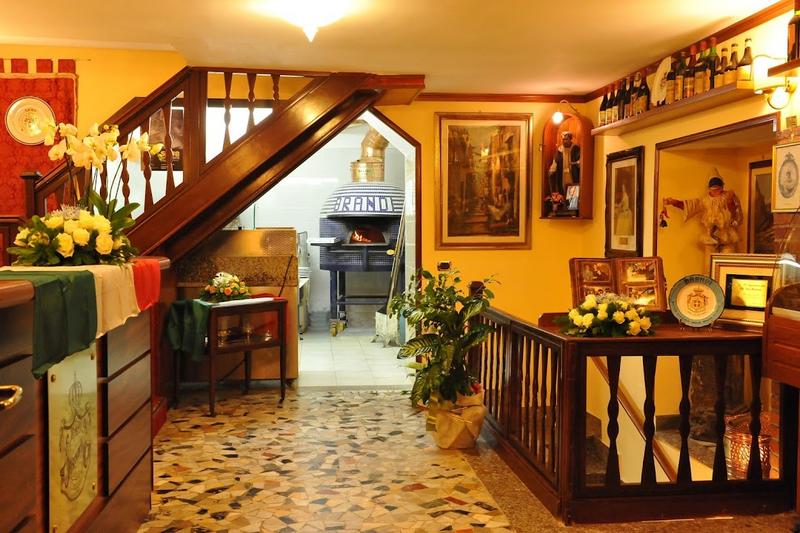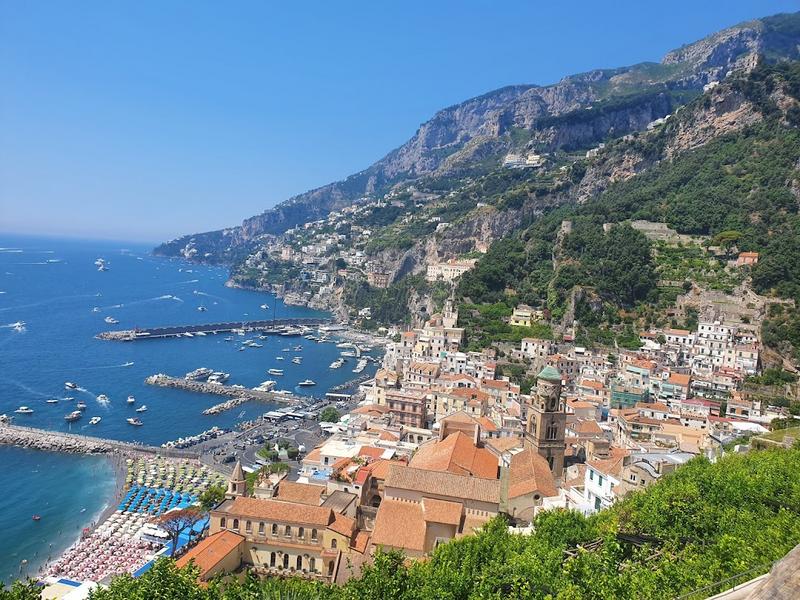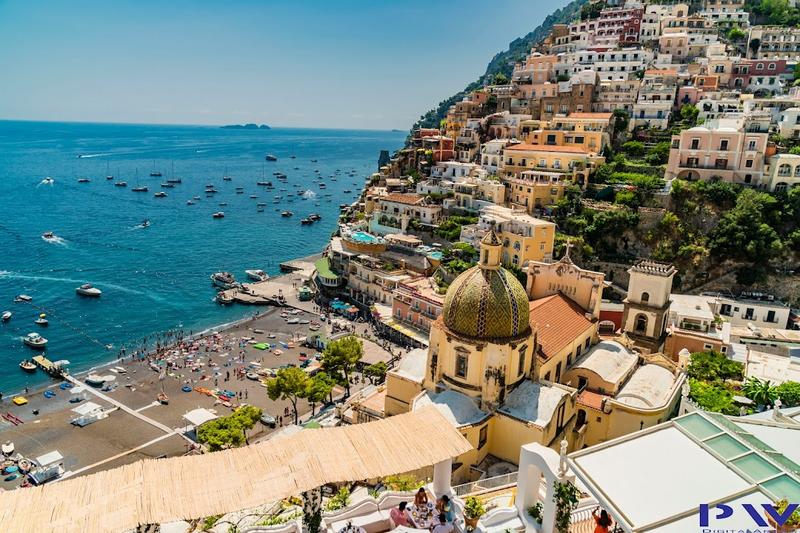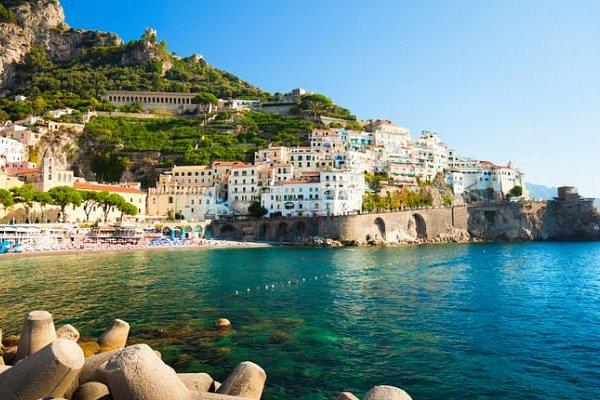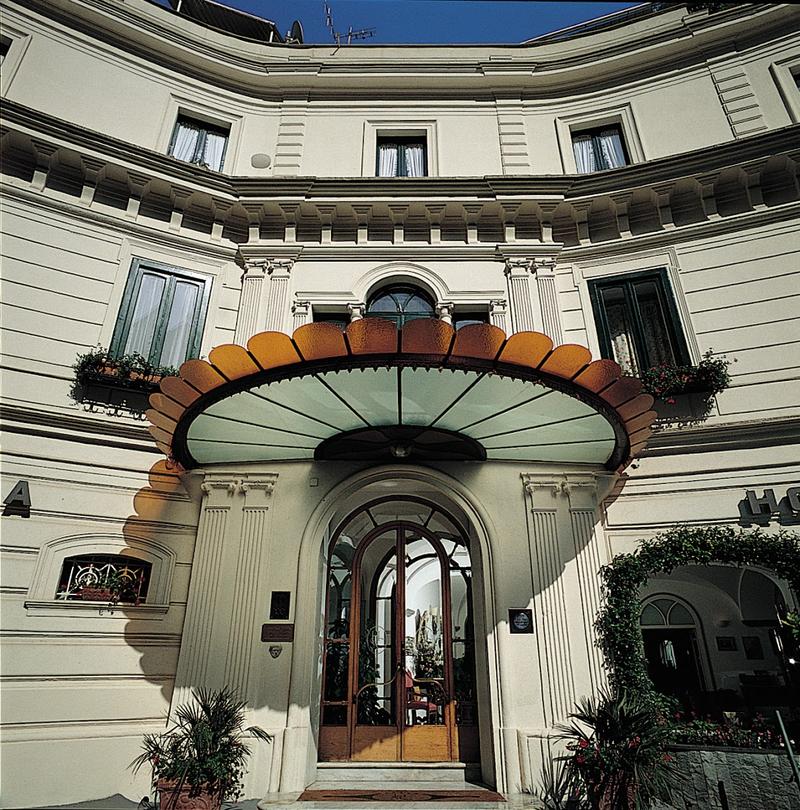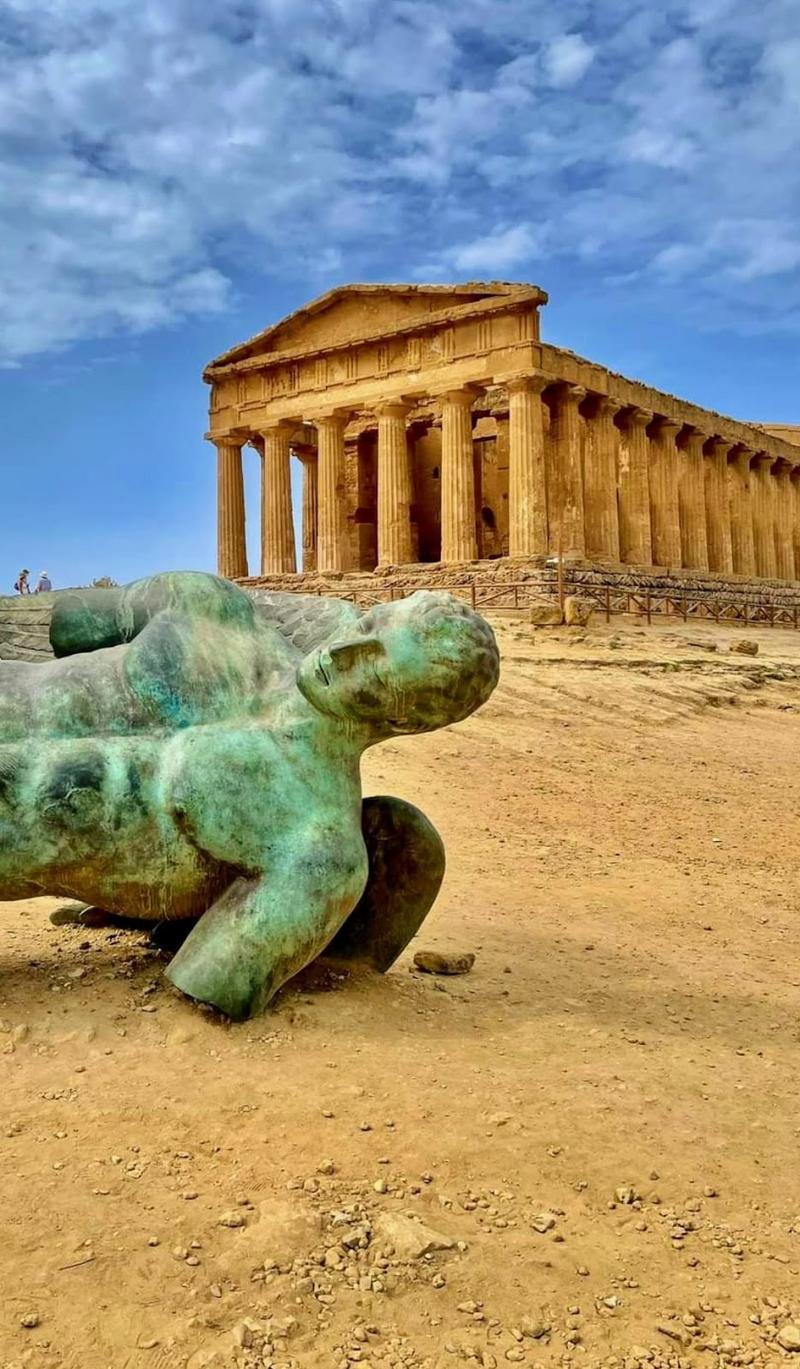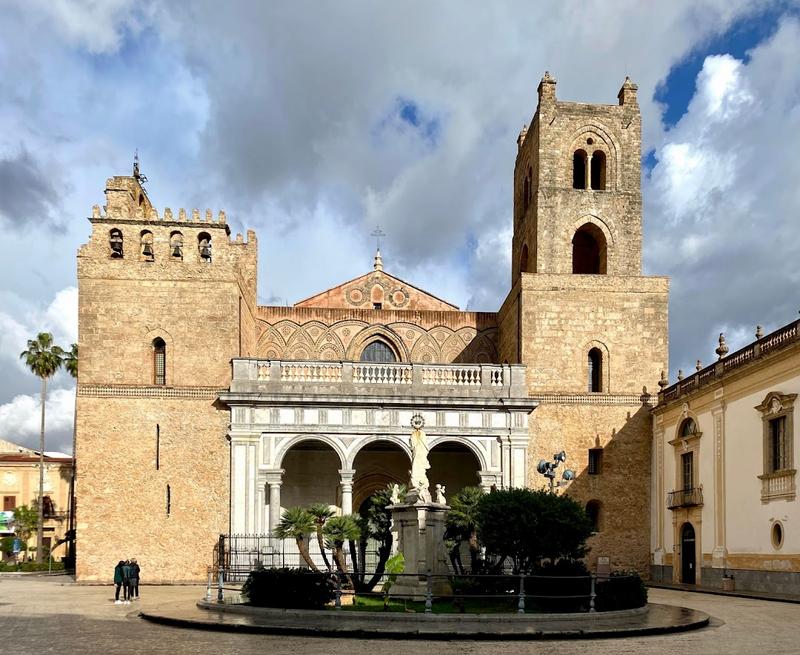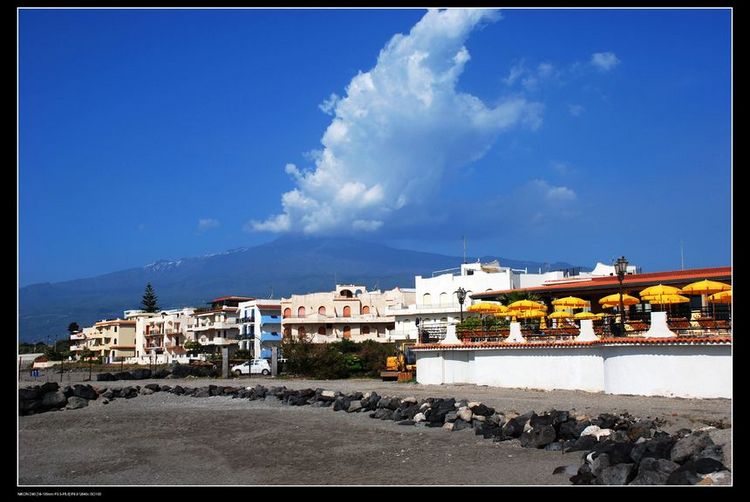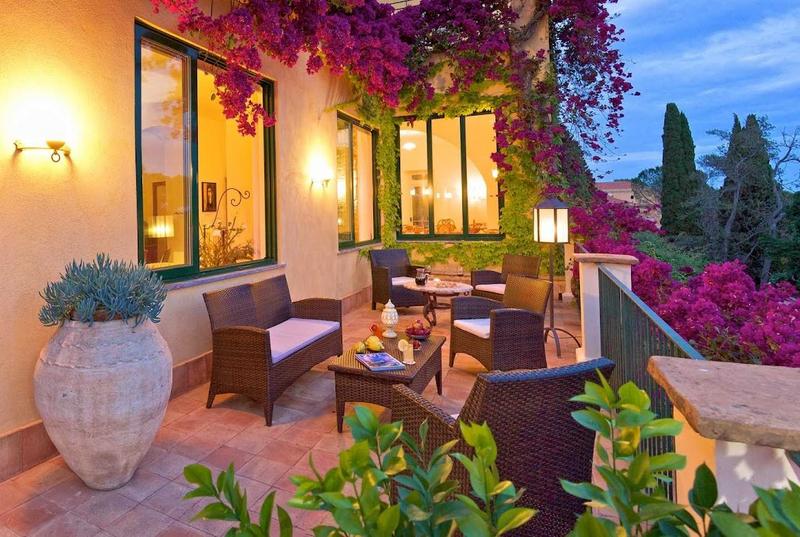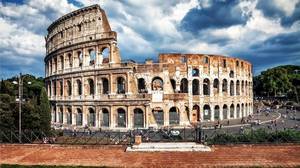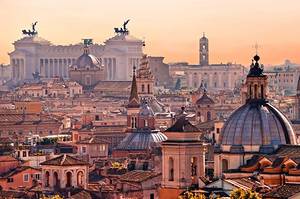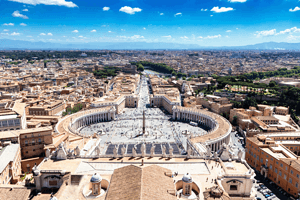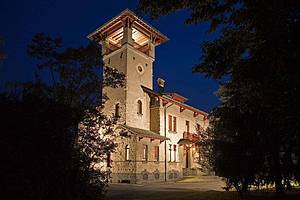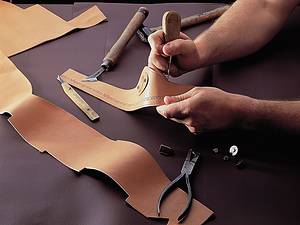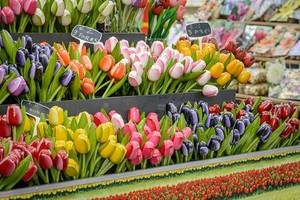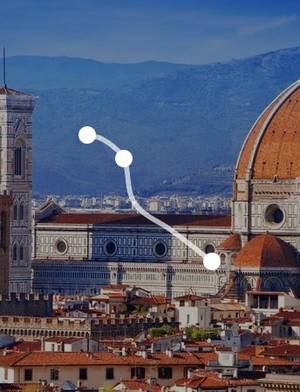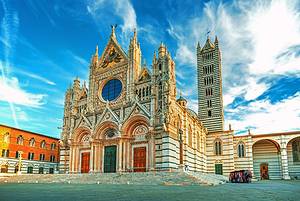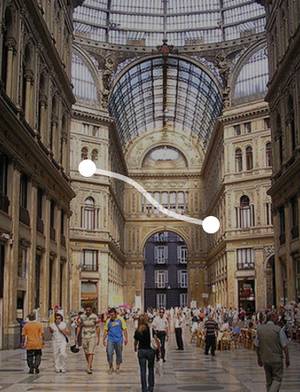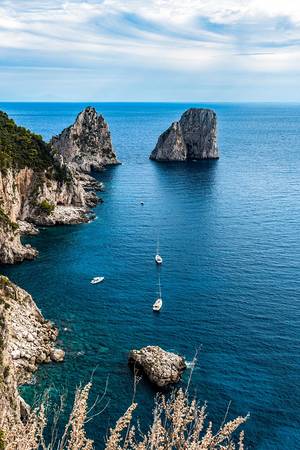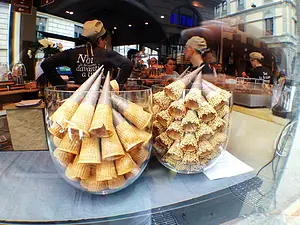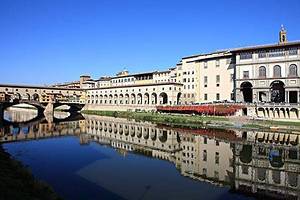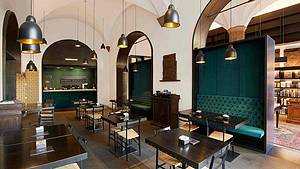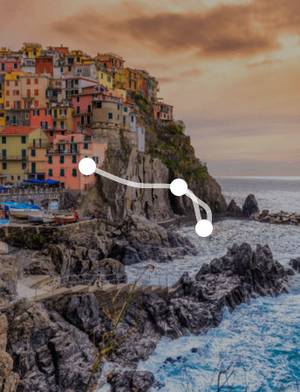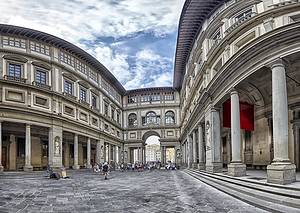20-Day In-Depth Italy Driving Tour Guide
22 cities |
50 attraction(s) |
total distance 4528
km
 TIPS
TIPS
Day1
Day2
Day3
Day4
Day5
Day6
Day7
Day8
Day9
Day10
Day11
Day12
Day13
Day14
Day15
Day16
Day17
Day18
Day19
Day20
Day1: Rome
3 attraction(s) ·
2 km
1
The Colosseum is one of the most famous buildings of ancient Rome and the largest circular amphitheater of the empire. Built between 72 AD and 82 AD on the site of Nero's Golden House, it could accommodate up to 50,000 people. The Colosseum was commissioned by Emperor Vespasian and completed under his son Titus, with later renovations by Domitian. It served as a venue for animal hunts and gladiator games until 523 AD. According to Cassius Dio, the opening ceremonies lasted 100 days and 11,000 animals were killed. Earthquakes in 442 AD and 508 AD caused severe damage to the structure, and it was further destroyed during the Middle Ages and used as a fortress. In the 15th century, the Vatican began protecting the Colosseum as a holy site due to early Christian martyrs who were said to have been killed there. The design of the Colosseum was based on Greek theaters, but with the addition of arches, spectators' seats were built on top to form a circular amphitheater. There were also canopies suspended by cables to shade spectators and aid ventilation. Under the arena were various tunnels and chambers for storing props, animals, and gladiators, which could be lifted onto the stage during performances. The Colosseum even had a water channel to create a lake for naval battles.
1
km
2
The Ancient Roman ruins, also known as the Ancient Roman Square, Ancient Roman Market, or Ancient Roman Ruins, are located between the Palatine Hill and the Capitoline Hill in Rome, Italy. They form the center of the Ancient Roman city, including many old and important buildings. Caesar spent a huge sum of money to build a square, which was completed and put into use in 46 BC, but it was not until the Augustan period that it was completed. The Temple of Mars Ultor is one of the tallest buildings standing in the Subla Plebeian district. Augustus added a memorial square, which became a right angle with Caesar's square and was officially put into use in 2 BC. Tiberius decided to connect all the squares in the area, and after his death, his successor Nero named it the Nero Square or Transform Square. The building complex in the square includes the Triumphal Arch of Titus, the Temples of Antoninus and Faustina, the Senate, the Sacred Road, and the Hall of Marcus Aurelius and Constantine, making it an important cultural heritage of Rome.
1
km
3
A simple, tucked-away eatery with sidewalk tables, serving Roman classics such as fried artichoke.
Day2: Rome > Modica
5 attraction(s) ·
1190 km
1
Multiple galleries of classical & Renaissance art masterpieces, plus the Sistine Chapel frescoes.
595
km
2
St. Peter's Cathedral is located in the lower city of Modica and was built in the 14th century. It stands in contrast to the Cathedral of St. George in the upper city, complementing each other. The exterior of the cathedral is magnificent and exquisitely decorated, with 12 life-sized statues of the apostles arranged on either side of the steps, making for a spectacular sight.
594
km
3
The Spanish Steps do not have many unique features, it only became a world-renowned tourist spot because Audrey Hepburn ate ice cream on the steps in "Roman Holiday". However, starting from the Condotti Street across the steps, you will find all the top brands and flagship stores you know here. Even the first store of Bvlgari jewelry opened nearby. In addition, the broken boat fountain under the Spanish Steps is designed by Pietro Bernini, and has a very special shape. If you feel tired, you can go to Caffe Greco nearby for a cup of coffee, which is one of the oldest cafes in Rome and attracts many visitors.
1
km
4
Aqueduct-fed rococo fountain, designed by Nicola Salvi & completed in 1762, with sculpted figures.
2
km
5
Day3: Florence
2 attraction(s) ·
1 km
1
One of Italy's most important art museums, the Uffizi Gallery is also one of the most important art museums in Europe. It displays the richest and most precious treasures left by the Medici family, who funded Renaissance artists such as Leonardo da Vinci, Michelangelo, and Donatello, hence the rich collection of their artworks. The museum has over 100,000 exhibits divided into 46 halls, each of which is worth visiting. However, if time is limited, it is best to visit a few key exhibition halls. The most famous exhibits at the Uffizi Gallery include Botticelli's "Primavera" and "The Birth of Venus," Leonardo da Vinci's "The Adoration of the Magi," as well as Michelangelo's "The Holy Family" and Titian's "Venus of Urbino." The name "Uffizi" means "offices" in Italian, and this was once the Medici family's office. Later, the family descendants donated all their collections to the government, making it a public art museum. Today, the museum mainly displays paintings, while other sculptures are housed in the Bargello Museum. If travelling during peak season (May to September), it is best to book online in advance and arrive early, otherwise the queues will be very long.
1
km
2
Simple trattoria founded in 1953 & known for Tuscan soups, pastas & meat dishes with regional wines.
Day4: Florence
3 attraction(s) ·
1 km
1
Cathedral-flanked square with iconic historic, religious & artistic landmarks & museums.
1
km
2
The Giotto's Bell Tower is located next to the Basilica di Santa Maria del Fiore, facing the Baptistery of San Giovanni in Florence. It was designed by the renowned painter Giotto, hence it is also known as Campanile di Giotto. The tower is built in Gothic style, with a square plan measuring 14.45 meters in circumference, and four polygonal buttresses reaching a height of 84.7 meters. The entire structure is adorned with exquisite carvings and various colors of marble inlay. Its magnificent architecture and skillful design have won the admiration of many art lovers.
1
km
3
Luxe property in a 6th-century church & tower offering upscale quarters, fine dining & a museum.
Day5: Pisa > Lucca
3 attraction(s) ·
18 km
1
The Leaning Tower of Pisa is a freestanding bell tower located in Miracle Square in the city of Pisa, Tuscany, Italy. It is also one of the world's most famous landmarks and a symbol of Italy. The bell tower was built in 1173 and was initially designed to be built vertically. However, due to the unstable foundation and soft soil, it began to lean towards the southeast during construction and remained in that position upon completion. The tower's leaning position and architectural features make it a unique and beautiful sight.
Legend has it that Galileo conducted a freefall experiment on the Leaning Tower of Pisa in 1590, which disproved Aristotle's theory. In 1987, it and two other buildings were designated as UNESCO World Heritage Sites to recognize their significant influence on Italian architecture. The government has been carrying out maintenance work on the tower to ensure its beauty lasts forever.
The Leaning Tower of Pisa is a building of great historical significance, with its circular design demonstrating its originality and ingenuity. The architect used a circular base design to mirror the adjacent semi-circular apse of the cathedral, creating the unique Pisan style. The tower's decorative style is consistent with the classic designs of the cathedral and baptismal font, with walls made of marble and limestone and raised square pillars, arches, and grid-patterned flat tops. The wall above the arcade presents a strong contrast between bright surfaces and shaded areas, making the internal columns of the tower appear more massive. The cathedral, baptismal font, and bell tower create a visual continuity, creating an atmosphere of ancient architecture.
17
km
2
The Lucca city walls were built in the 16th century and are approximately 4.5 kilometers long. There are 12 curtain walls, 11 bastions and 4 gates. This is the first step to understanding Lucca. Spectacular city walls can be seen shortly after leaving the train station. Unlike the design of Chinese city walls, there are no moats on the outside here. You can enter and climb the city walls for free from an extended bastion. It takes about an hour to climb and circle the wall, and there are multiple exits along the way to enter the city. The towering and magnificent city walls surround the old town area and are wide enough to accommodate a car passing. People ride bikes around the city walls on weekends.
2
km
3
Contemporary rooms in a modern hotel offering an outdoor pool, plus Wi-Fi, parking & breakfast.
Day6:
0 attraction(s) ·
0 km
Day7: Mestre > Verona > Venice
5 attraction(s) ·
210 km
2
Gothic-style 1300s house and museum, with a stone balcony, said to have inspired Shakespeare.
105
km
3
St. Mark's Square is a landmark of Venice, Italy, located in the city center. It is the only square in Venice that is referred to as a "Piazza," while others are referred to as "Campi." St. Mark's Square is unique among European cities because it is located in the city center yet is frequently traversed by relaxed water traffic, free from the noise of vehicles. It has become one of Venice's most iconic landmarks, attracting numerous tourists, photographers, and pigeons. In the 19th century, French Emperor Napoleon praised St. Mark's Square as the "most beautiful drawing room in Europe."
1
km
4
This historic bridge connects the governor's mansion and the prison, and it is named after the prisoners who were sentenced to death and passed over this bridge to meet the executioner.
2
km
5
High-end, traditional Venetian cooking in an elegant dining room with a tiny canal-view balcony.
Day8: Venice
2 attraction(s) ·
2 km
2
Elegant hotel with 2 restaurants, a bar & a rooftop terrace with views of the lagoon.
Day9: Verona > Milan
4 attraction(s) ·
142 km
1
Gothic-style 1300s house and museum, with a stone balcony, said to have inspired Shakespeare.
142
km
2
Milan Cathedral, also known as Duomo, is the iconic building in the center of Milan and the city's main cathedral. Construction of the cathedral began in 1386 and took over four centuries to complete, finally reaching completion in 1812. The intricate detailing continued until 1960, when the final bronze doors were installed. Over time, the cathedral has become a combination of multiple styles, with baroque decorations complementing gothic-style spires, creating an extravagantly divine atmosphere from top to bottom. The gilded statue of the Virgin Mary stands guard over the city, while the basement glass coffin inside the cathedral houses the remains of the red-robed archbishop San Carlo Borromeo, who passed away in 1584. In 1805, Napoleon was coronated as King of Italy in the cathedral. However, during World War II, the cathedral's front door was bombed, leaving visible scars to this day.
1
km
3
Mall housed in a glass-covered 19th-century arcade with luxury clothing brands & upscale dining.
1
km
4
Bistro-style fresh meat & Milanese dishes, in an art deco-style space with a terrace & piazza views.
Day10: Milan
3 attraction(s) ·
10 km
1
The Sforza Castle in Milan is a historically significant building, dating back to the 14th century as the residence of the Sforza Count. Over time, it became the main residence of the Sforza family, witnessing their rise and fall. The castle is surrounded by high walls, with an exquisitely planned interior and a scenic view. Today, the castle has been transformed into a museum by the Milan municipality, including the Museum of Applied Arts and Music, the Archaeological Museum, and the Museum of Ancient Art. The castle's rear entrance is named the Peace Gate, remodeled by ruler Francesco. The Sforza Castle witnessed Milan's changing history and is one of the most important buildings in the area.
5
km
2
Located only 6 kilometers from the center of Milan, the Giuseppe Meazza Stadium is the home of AC Milan and Inter Milan, two historic Italian football teams, and is also one of the world's most famous football stadiums. In 1980, the stadium was officially renamed the Meazza Stadium in honor of the famous player Giuseppe Meazza from the 1940s, but most people still refer to it as the San Siro Stadium.
In addition to during matches, ordinary visitors can also visit the stadium to learn about its history and charm. This is a rare opportunity to get up close and personal with one of the world's most famous football stadiums, and experience the perfect combination of tradition and modernity.
6
km
3
Minimalist quarters in a chic hotel with a gym, a restaurant & a bar, plus free Wi-Fi & breakfast.
Day11: Menaggio > Bellagio > Como
3 attraction(s) ·
9 km
Day12: Menaggio > Turin
4 attraction(s) ·
163 km
1
Iconic lake destination known for its scenic beauty, mountain vistas & historic lakeside residences.
162
km
2
The Royal Palace of Turin is located at the end of Rome Street and was once the residence of the Savoy dynasty. The palace is elaborately decorated, displaying the luxury and mystery of aristocratic life. The garden, particularly, is remarkable and was designed by Andre, the designer of the Versailles Garden. From the 12th to the 19th century, Turin has always been the capital of the House of Savoy, and the Royal Palace is a rich testament to royal lifestyle. In 1645, royal members began residing in this palace, with rich tapestries and Chinese porcelain as interior decorations. The Royal Armory is located in the porch of the palace, housing 16th and 17th century weapons and armor.
1
km
3
The Egyptian Museum, located in Turin, is one of the world's largest museums dedicated to collecting Egyptian artifacts, second only to the Cairo National Museum and the British Museum in London. The museum owes its collection to the House of Savoy, who purchased ancient artifacts collected by Bernardino Drovetti in 1824. In addition, the museum also displays discoveries made by Italian archaeologists in 1911, as well as valuable artifacts such as the stone temple of Tutmosis II (c. 1450 BC) from Ele and other items gifted to the museum by the United Arab Emirates in 1967.
The museum's lower level displays many large sculptures, the most notable of which are the giant statues of Ramesses II and Seti II carved from black diorite. Upstairs, various precious items representing Egyptian civilization are on display, including textiles, farming tools, fishing equipment, hunting tools, ancient literature written on papyrus, and even the world's oldest topographic map. Additionally, the museum features a fully reconstructed tomb and an ancient tomb of Huy and Mali. The museum is divided into three exhibition halls, where visitors can take photos without flash photography.
1
km
Day13: Turin > Genoa
3 attraction(s) ·
124 km
1
The Royal Palace of Turin is located at the end of Rome Street and was once the residence of the Savoy dynasty. The palace is elaborately decorated, displaying the luxury and mystery of aristocratic life. The garden, particularly, is remarkable and was designed by Andre, the designer of the Versailles Garden. From the 12th to the 19th century, Turin has always been the capital of the House of Savoy, and the Royal Palace is a rich testament to royal lifestyle. In 1645, royal members began residing in this palace, with rich tapestries and Chinese porcelain as interior decorations. The Royal Armory is located in the porch of the palace, housing 16th and 17th century weapons and armor.
1
km
2
The Egyptian Museum, located in Turin, is one of the world's largest museums dedicated to collecting Egyptian artifacts, second only to the Cairo National Museum and the British Museum in London. The museum owes its collection to the House of Savoy, who purchased ancient artifacts collected by Bernardino Drovetti in 1824. In addition, the museum also displays discoveries made by Italian archaeologists in 1911, as well as valuable artifacts such as the stone temple of Tutmosis II (c. 1450 BC) from Ele and other items gifted to the museum by the United Arab Emirates in 1967.
The museum's lower level displays many large sculptures, the most notable of which are the giant statues of Ramesses II and Seti II carved from black diorite. Upstairs, various precious items representing Egyptian civilization are on display, including textiles, farming tools, fishing equipment, hunting tools, ancient literature written on papyrus, and even the world's oldest topographic map. Additionally, the museum features a fully reconstructed tomb and an ancient tomb of Huy and Mali. The museum is divided into three exhibition halls, where visitors can take photos without flash photography.
123
km
Day14: Naples
3 attraction(s) ·
1 km
1
The Royal Palace of Naples is located in the southern Italian city of Naples and is one of four palaces built during the Bourbon dynasty's rule over the Kingdom of the Two Sicilies. The other three palaces are located in Caserta, Capodimonte, and Portici on the slopes of Mount Vesuvius. The palace was originally built to welcome King Philip III, but he never visited the place.
1
km
2
The San Paolo Maggiore Church is located on the west side of Piazza del Plebiscito, the largest square in the southern Italian city of Naples. The square was named after the 1860 referendum that decided Naples would become a part of the Kingdom of Italy. The building of the church drew inspiration from the Roman Pantheon and features a grandiose architecture. Rows of columns stand tall on the arc-shaped corridors on both sides, with a dome reaching 53 meters in height, while a statue of Charles III on horseback stands in the center of the square.
In the early 19th century, the construction of the church and the planning of the square and other buildings were started by the Bourbon monarch Joachim Murat, who was from the Bonaparte family, with the intention of dedicating them to Napoleon. However, Napoleon fell from power and after the Bourbon dynasty was restored, the construction was completed under Ferdinand IV. Finally, upon its completion in 1816, the San Paolo Maggiore Church was dedicated to the 16th-century saint Paul the Apostle.
1
km
3
Long-standing venue for seafood pasta, wood-fired pizzas & wine in a cozy setup with outdoor tables.
Day15: Pompeii > Sorrento
2 attraction(s) ·
17 km
1
Pompeii was destroyed by the Mount Vesuvius eruption, but was rediscovered in 1739 and still retains its original living scenes. Archaeologists discovered the bodies of hundreds of refugees and conducted a series of studies and exhibitions. Pompeii is huge and takes 5-7 hours to explore fully. The brothel site (Zone 7, No. 18) and Casa del Fauno (Zone 6, No. 1) are must-see spots for visitors, while the site known as the Villa dei Misteri (Theater, Zone 19, top left corner of the light green area) and the Grand Theater (Zone 8, No. 10) are equally impressive.
17
km
2
Luxe 19th-century hotel offering elegant rooms with period furniture, plus 2 restaurants & a spa.
Day16: Amalfi > Positano
4 attraction(s) ·
22 km
1
UNESCO-listed landscape lined with small towns precariously perched between mountains & the sea.
11
km
4
Upscale hotel set on the seafront offering 2 restaurants & breakfast, plus an outdoor pool.
Day17: Amalfi > Sicily
2 attraction(s) ·
360 km
1
UNESCO-listed landscape lined with small towns precariously perched between mountains & the sea.
360
km
2
Day18: Sicily
1 attraction(s) ·
0 km
1
Landmark Norman cathedral known for its ornate cloisters & bright gold mosaics of biblical stories.
Day19: Catania > Taormina
2 attraction(s) ·
29 km
1
The Mount Etna, located in central Sicily, is the highest active volcano in Europe and is often called the "living fossil". It emits thick smoke all year round and sometimes carries lava, which makes the local residents accustomed to such phenomena. Roads and rural roads near the volcano are built with volcanic rocks, which is a result of the locals' full utilization of resources. Mount Etna is a stratovolcano and the highest active volcano in Europe. Due to frequent volcanic activity, its altitude can also rise or fall. In 2013, a large-scale eruption occurred, causing casualties among tourists. In May 2016, only a small amount of lava was emitted. Italian scientists have developed a set of response methods for such frequent volcanic activity. Although they cannot control the eruption of the volcano, they can guide the lava to flow away from cities or villages, thus reducing the risk of casualties and improving safety.
29
km
2
Elegant quarters in a genteel hotel with dining, an outdoor pool & a garden, plus bay views.
Day20: Sicily > Rome
2 attraction(s) ·
534 km
